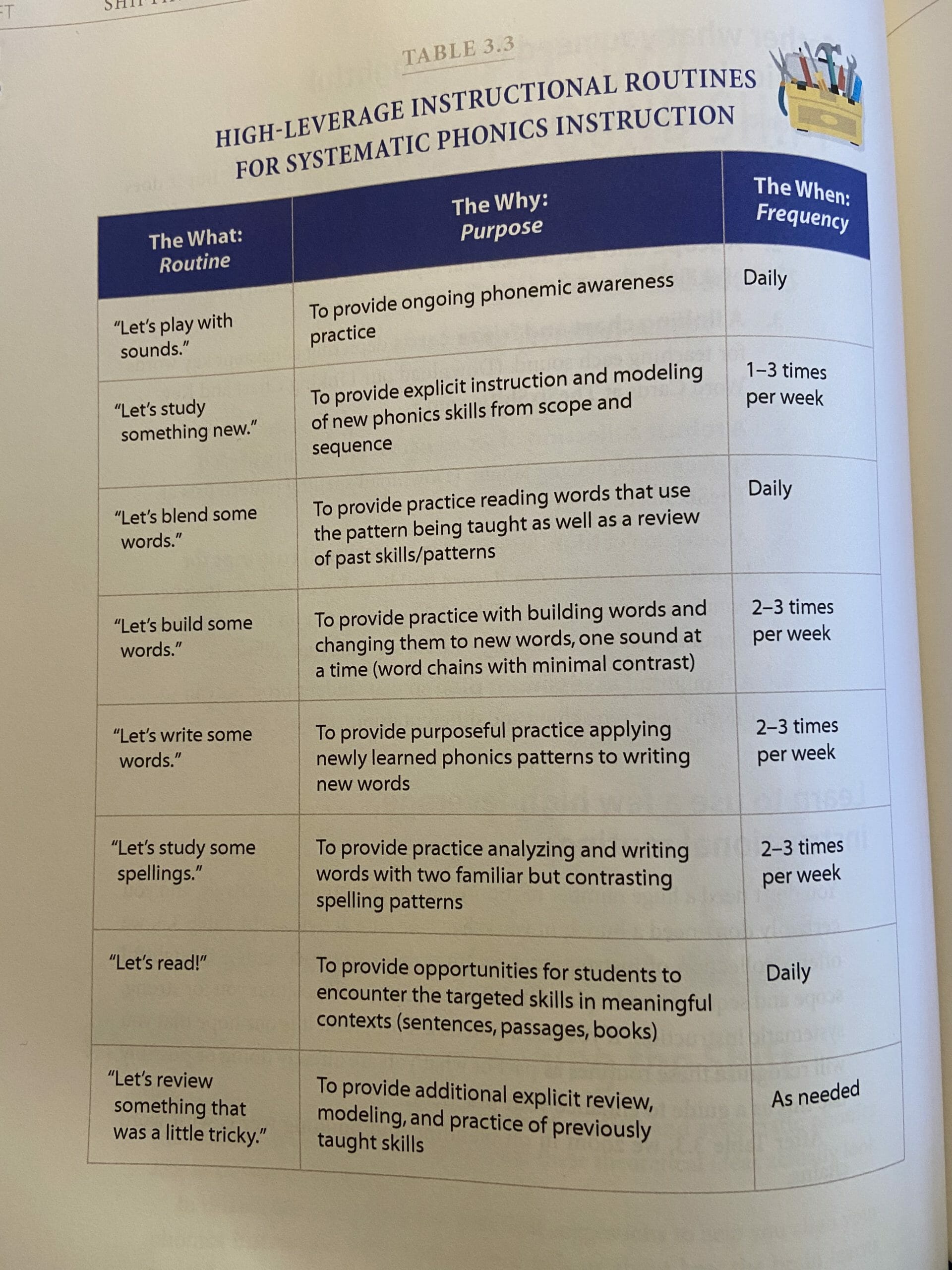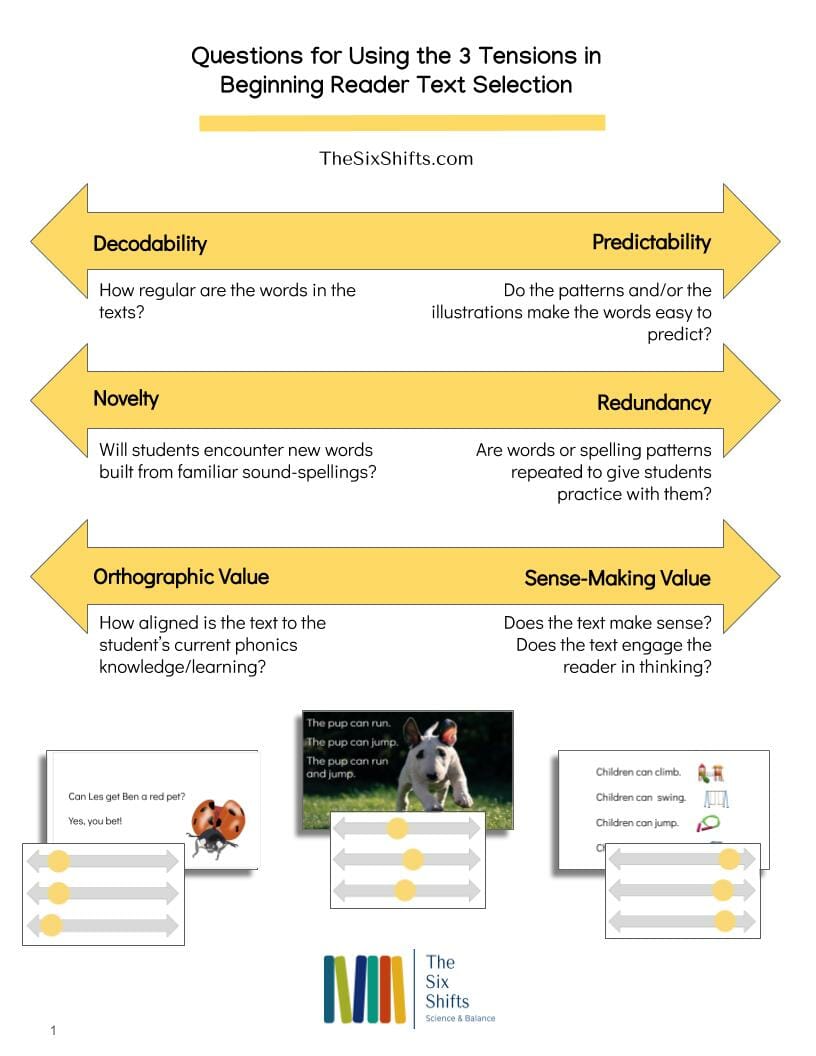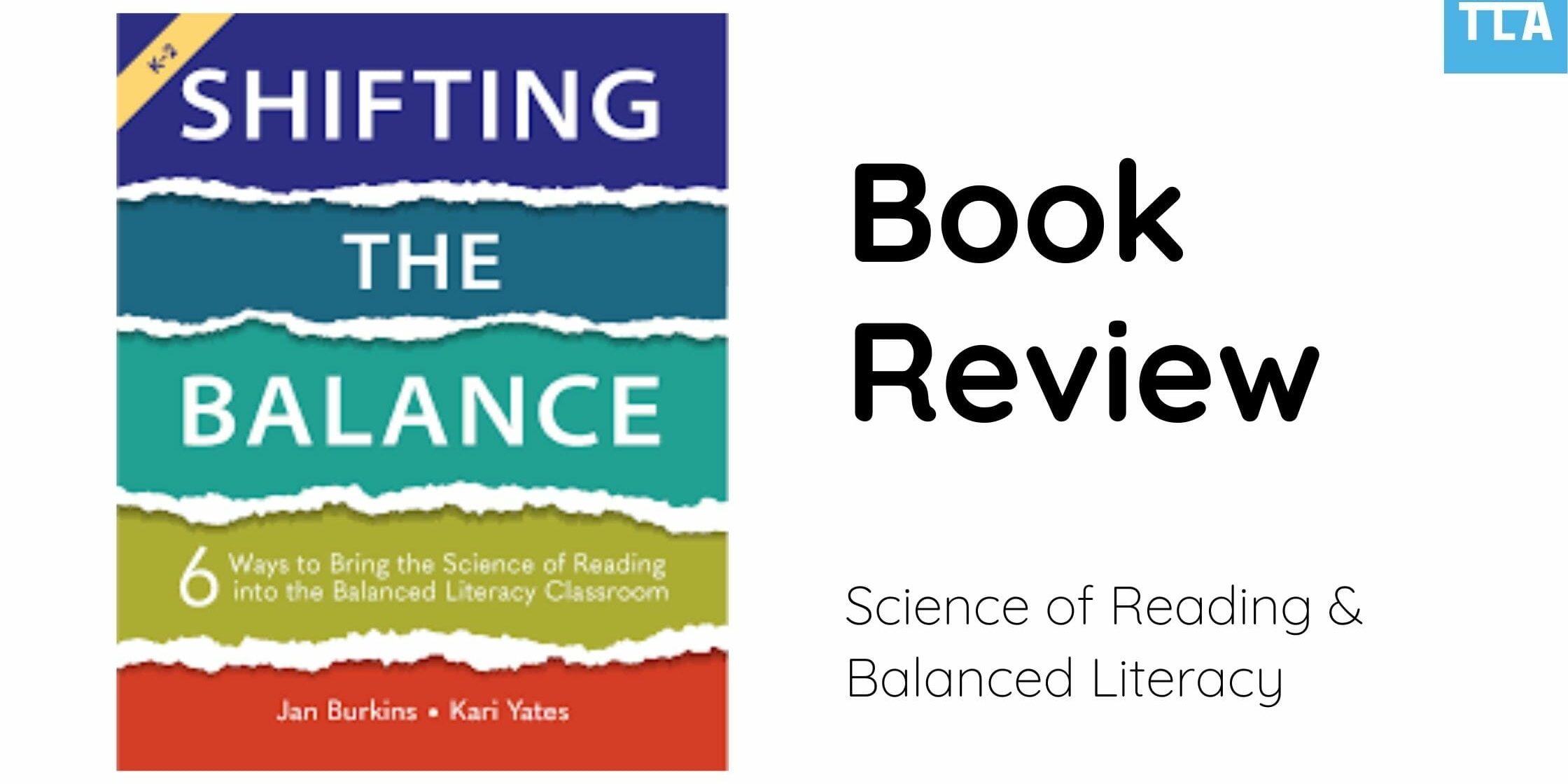If you are reading this blog, chances are you are a literacy coach, reading specialist or elementary teacher who has strong beliefs about readers workshop and balanced literacy. And in light of all of the podcasts, blogs, articles about the science of reading, you might be wrestling with some of the instructional practices that have been core to your work. There is so much information and instigation on the internet about the so called “reading wars”. Balanced Literacy vs. Science of Reading. Where do you land? What does it all mean for your class, your instruction, your students!
There are a lot of questions to consider, ideas to ponder, and even actionable steps to be taken. However, it can be overwhelming to sort through it all. We understand! We are right there with you. For that reason, we wanted to review this incredible new book by Jan Burkin and Kari Yates “Shifting the Balanced” published by Stenhouse.
The authors of this book, Burkin and Yates, are honest about their own grappling and they have taken on the tremendous work of distilling the research into an accessible and actionable toolkit. In this short review we will examine how the book is organized, highlight a few of our favorite take aways, and share our opinion about how this text can be used to support you!
The book is organized with a quick introduction and then six chapters that each outline a key shift for classrooms.
The chapters always start off with a story that takes you inside a k-2 classroom where a teacher is using an instructional practice that will sound very familiar. And the teacher is left wondering “I’m doing ____. Why aren’t my students making the reading growth I’d hoped?”
Then the authors, outline the misunderstandings, often including alternative researched based ideas. Then there is a short one page summary followed by a recommendation for making the shift. Then they artfully take us back into the classroom where the teacher has implemented some new literacy practices to “see” how it’s changing student learning.
The first three chapters include:
- Rethinking How Reading Comprehension Begins. This chapter underscores the need for rich oral language development in order for students to grow into strong readers later on.
- Recommitting to Phonemic Awareness Instruction: This chapter highlights how often explicit instruction of phonemic awareness is missing in classrooms and yet how necessary it is for growing readers.
- Reimagining the Way We Teach Phonics: This chapter debunks the idea that phonics has to be boring or that if you have a scope and sequence you are all set. We loved Table 3.3 that includes 8 different high-leverage instructional routines for systematic phonics instruction.

The next three chapters are:
4. Revising High Frequency Word Instruction. This chapter highlights the importance of reading words with automaticity in order to develop strong readers. One key understanding is that not all sight words are high frequency words and not all high frequency words are actually “sight” words. Many of the words we teach children to “memorize” can and should be used to reinforce decoding and phonics knowledge.
5. Reinventing the Ways We Use MSV: This chapter might be the one that was most interesting to us, as educators who’ve been around MSV for a long time. A big take-away is that when children come to an unknown word they need to be led by the visual (the letters!) first and then use their sense making to cross-check. It is a subtle but powerful shfit.
6. Reconsidering Text for Beginning Readers: This chapter helps the reader understand the important role of authentic decodable texts as a key part of a child’s reading diet. Figure 6.5 has been incredible helpful in analyzing the use of decodable text and leveled texts.

With a tone that is invitational rather than argumentative, this text is one that we know we will go back to again and again. There are so many great insights and effective strategies that are backed by the science and yet lived out in an artful, authentic way.
We believe the shifts in this book will require small adjustments in classroom practice that can have major impact in student learning.
We couldn’t recommend this book more highly! If you haven’t yet, go buy it! Better yet, ask your principal to get a few copies so you can read it with a group of colleagues and grow together!






